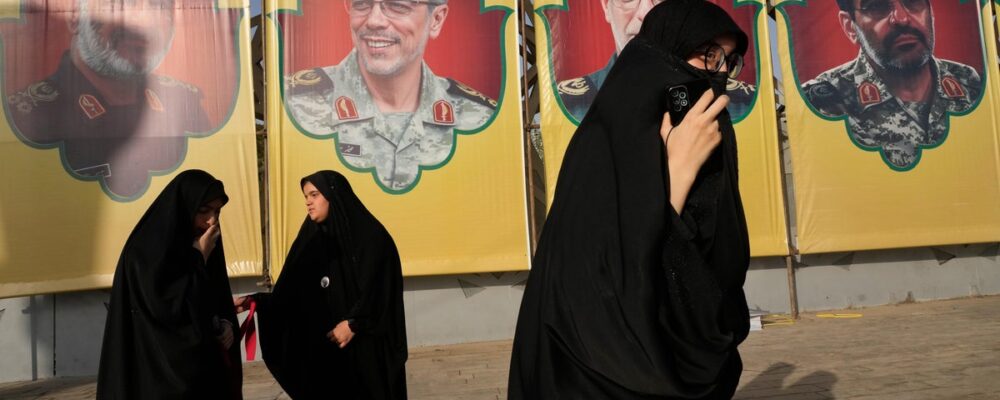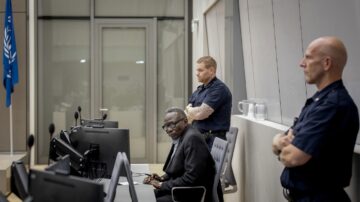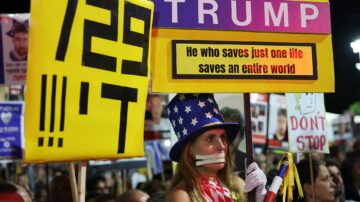Iran executed six death-row inmates on Saturday, claiming they conducted attacks on behalf of Israel in the oil-rich southwestern region of the country. This continues a trend of increased executions believed to be the highest in decades.
Details of the Executions and Accusations
The executions occurred after a 12-day conflict between Iran and Israel in June, during which Iran vowed to respond forcefully to its enemies. Activists have noted that Iran often uses coerced confessions and closed trials in cases involving those accused of ties to Israel.
Iran accused the men of killing police and security officers and carrying out bombings in Khorramshahr, located in Khuzestan province. State television featured footage of one inmate revealing attack details, claiming it was the first public disclosure.
Background on the Individuals Executed
The Hengaw Organization for Human Rights identified the prisoners as “Arab political prisoners,” detained during 2019 protests. They were linked to the Arab Struggle Movement for the Liberation of Ahvaz, which has attempted previous attacks in the southwest.
The group reported that the men endured severe torture and were forced to make televised confessions. The Arab community in Khuzestan has long alleged discrimination by the Iranian government amid ongoing nationwide protests.
Wider Context of Executions in Iran
On the same day, Iran executed another inmate, accused of murdering a Sunni cleric in 2009, among other crimes. The pace of executions has surged to levels not seen since 1988, when thousands were executed post-Iran-Iraq war.
Human rights organizations have indicated that the number of executions in Iran for 2025 exceeds 1,000, possibly higher as the government does not disclose all execution details. The United Nations has raised concerns over Iran’s execution practices.



